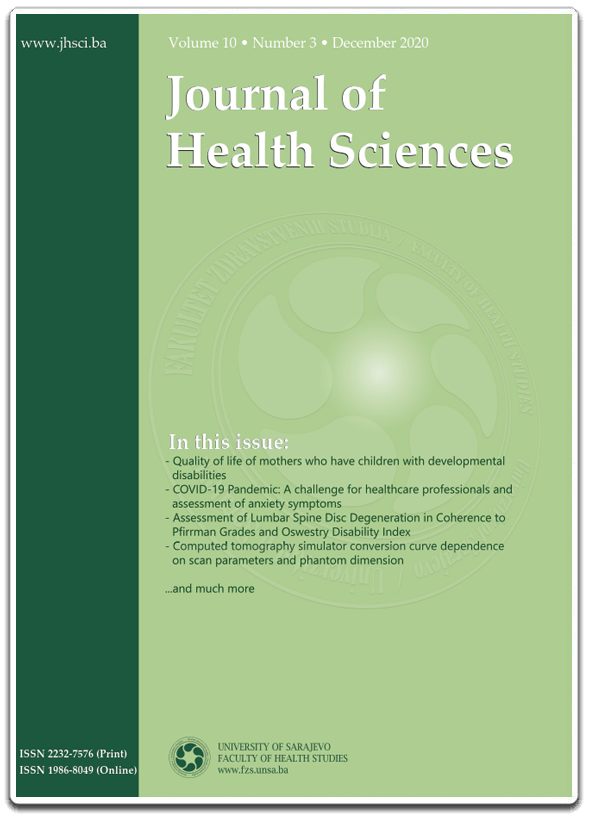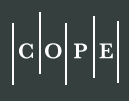Knowledge, attitude, and practice towards micronutrients among adolescent girls
DOI:
https://doi.org/10.17532/jhsci.2025.2816Keywords:
Knowledge, attitude, practices, micronutrients, adolescentsAbstract
Introduction: Micronutrient deficiency is prevalent among adolescents in India. To promote the consumption of foods rich in micronutrients, it is essential to understand knowledge, attitude, and practices (KAP) related to micronutrients. Limited evidence is available on the KAP regarding micronutrient intake among adolescents. Therefore, this study aimed to assess KAP related to micronutrients among adolescents.
Methods: The study sample comprised 182 adolescent girls enrolled in grades 8-12 at a private school. Socioeconomic status and KAP were assessed by the revised Kuppuswamy’s scale, 2023, and a pre-validated questionnaire, respectively.
Results: All participants had poor knowledge, while over half (56.3%) exhibited a moderate attitude, whereas the majority of the participants had poor practice (85.6%) toward micronutrients. The mean KAP scores were 3.21 ± 3.39, 43.93 ± 8.77, and 127.53 ± 38.94, respectively. The highest correct response was ‘The optimal time to obtain Vitamin D from Sun Exposure’ (43.1%), followed by ’The normal level of hemoglobin’ (34.3%). More than fifty percent of the participants (56.9%) believed that it is good to consume a variety of foods every day. About practice items, the consumption of food items rich in micronutrients was lower among participants.
Conclusion: The knowledge and practices related to micronutrients were very limited among adolescent girls. Interventions are necessary to enhance awareness of the health benefits associated with adequate micronutrient intake. This work contributes critical baseline data that can guide the development of health policies aimed at improving outcomes
for this vulnerable population group.
Downloads

Downloads
Published
License
Copyright (c) 2025 Priyanka Pareek, Aparna Thorat, Chethana Chandrasekar, Poonam Khanna, Rashmi Kulkarni

This work is licensed under a Creative Commons Attribution 4.0 International License.










